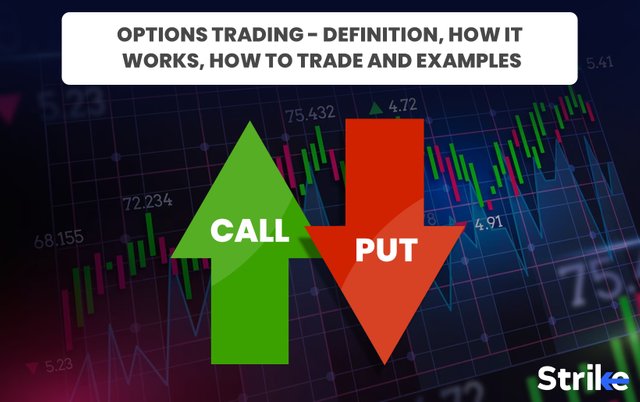
Introduction:
Options trading is a versatile financial instrument that offers investors the opportunity to profit from price movements in various assets, including stocks, currencies, commodities, and indices. Unlike traditional stock trading, which involves buying or selling shares outright, options provide the right, but not the obligation, to buy or sell an underlying asset at a predetermined price within a specified time frame. In this comprehensive guide, we will explore the fundamentals of options trading, popular strategies, risk management techniques, and the potential rewards it offers to traders.
Understanding Options:
An option is a derivative contract that derives its value from an underlying asset, such as a stock, ETF, or index. There are two primary types of options: calls and puts.
Call Options: A call option gives the holder the right to buy the underlying asset at a predetermined price, known as the strike price, before the expiration date. Call options are typically used by traders who anticipate that the price of the underlying asset will rise.
Put Options: A put option gives the holder the right to sell the underlying asset at the strike price before the expiration date. Put options are often utilized by traders who expect the price of the underlying asset to decline.
Key Components of an Option Contract:
Options contracts consist of several key components:
Strike Price: The price at which the underlying asset can be bought or sold.
Expiration Date: The date when the option contract expires and becomes invalid.
Premium: The price paid by the option buyer to the option seller for the right to buy or sell the underlying asset. The premium is determined by various factors, including the current price of the underlying asset, volatility, time to expiration, and interest rates.
Options Trading Strategies:
Options trading offers a wide range of strategies that cater to different market conditions and investor objectives. Some popular options trading strategies include:
Covered Call: A conservative strategy where an investor sells call options against shares of stock they already own. This strategy generates income in the form of premium while potentially limiting upside gains if the stock price rises above the strike price.
Protective Put: A defensive strategy where an investor buys put options to protect against potential downside risk in a stock or portfolio. The put options act as insurance, allowing the investor to sell the stock at the strike price, mitigating losses in the event of a price decline.
Long Straddle: A speculative strategy where an investor simultaneously buys a call option and a put option with the same strike price and expiration date. This strategy profits from significant price movements in either direction, regardless of the underlying asset's price movement.
Iron Condor: A neutral strategy involving the simultaneous sale of an out-of-the-money call spread and an out-of-the-money put spread. The goal is to profit from a range-bound market where the underlying asset's price remains between the strike prices of the options.
Risk Management in Options Trading:
While options trading offers significant profit potential, it also carries inherent risks that traders must manage effectively. Some key risk management techniques include:
Limited Risk: Unlike futures or forex trading, where losses can exceed the initial investment, options trading allows traders to define their maximum risk upfront. The premium paid for the option contract represents the maximum potential loss.
Position Sizing: Proper position sizing is essential to manage risk effectively. Traders should only risk a small percentage of their trading capital on each options trade to avoid significant losses.
Stop Loss Orders: Implementing stop loss orders can help limit losses by automatically closing out a losing position at a predetermined price level.
Diversification: Diversifying options trades across different underlying assets, strategies, and expiration dates can help spread risk and reduce exposure to any single trade or market event.
Conclusion:
Options trading offers investors a flexible and powerful tool to capitalize on market opportunities, hedge against risk, and enhance portfolio returns. By understanding the fundamentals of options, employing sound trading strategies, and implementing effective risk management techniques, traders can navigate the complexities of options markets with confidence. However, it's essential for traders to conduct thorough research, stay informed about market developments, and continuously refine their trading skills to succeed in the dynamic world of options trading.